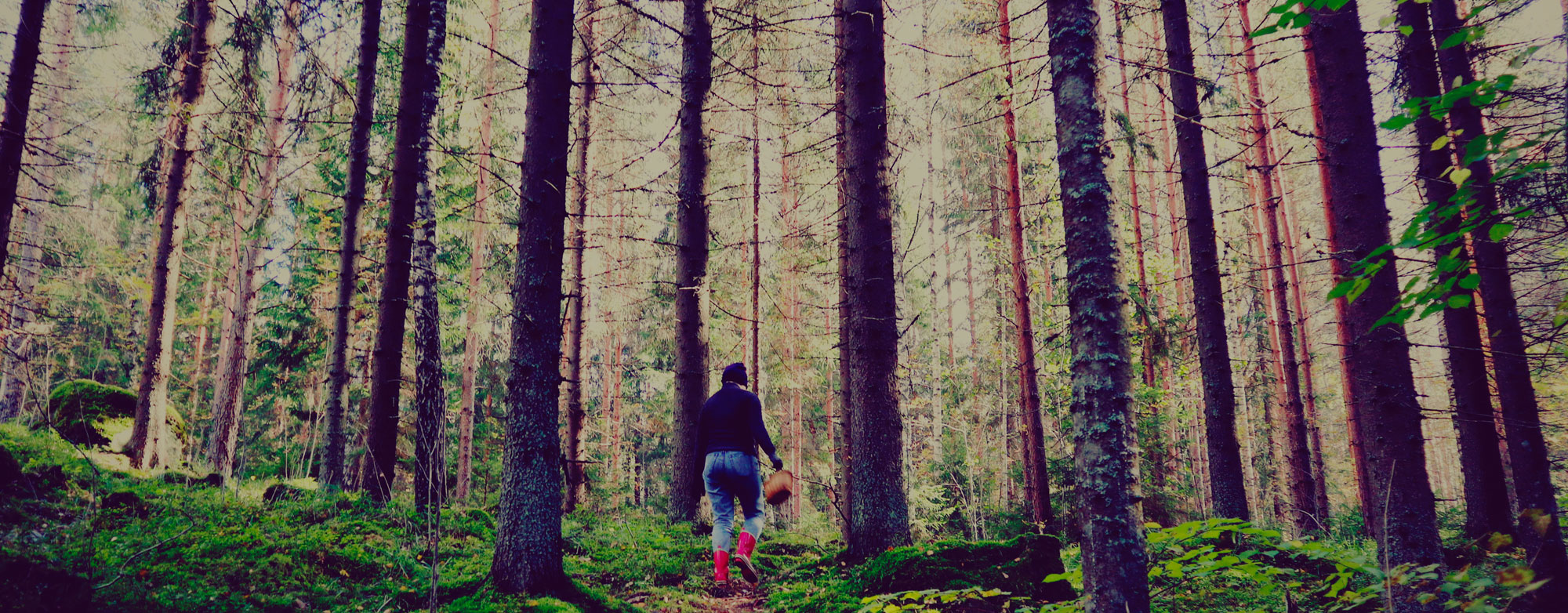
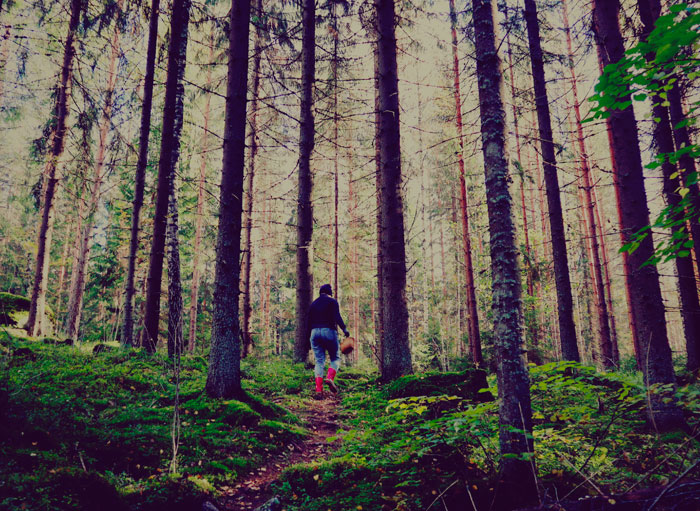


They come in all shapes, sizes, flavours. They can be found in almost every corner of the world. Some have been used for thousands of years to cure ailments. Some were even key to ancient civilisations and used in elaborate ceremonies. Without them gin wouldn’t be gin. We are of course speaking about botanicals. Without Juniper would gin be gin? No. Thanks to Mother Nature the range of botanicals available and opportunity to innovate are almost endless when you consider potential flavour combinations.
We wanted to learn a bit more about some of the key botanicals (yes Juniper should be first on the list!) that Scottish Gin makers and brands consider to be one if not ‘the’ botanical that they feel makes their Scottish Gin shine. In this latest episode of Beautiful Botanicals, we talk Sichuan Peppercorn with Electric Spirit Co., Douglas Fir with Inshriach Distillery, Salmonberries with Ice & Fire Distillery, Sea Buckthorn with Red Door Gin and Scots Lovage with Arcturus Torridon Gin.
Sichuan Peppercorn, Achroous Gin
The name originates from its use in cuisine from the Sichuan Province located in the south west of China, the Sichuan Pepper. Contrary to its name, Sichuan Pepper is not related to black pepper or the chilli pepper. The seeds are harvested from two species of trees known commonly as Chinese Ash or Prickly Ash. The Chinese Ash can be found across Asia growing in different habitats including the Himalayas.
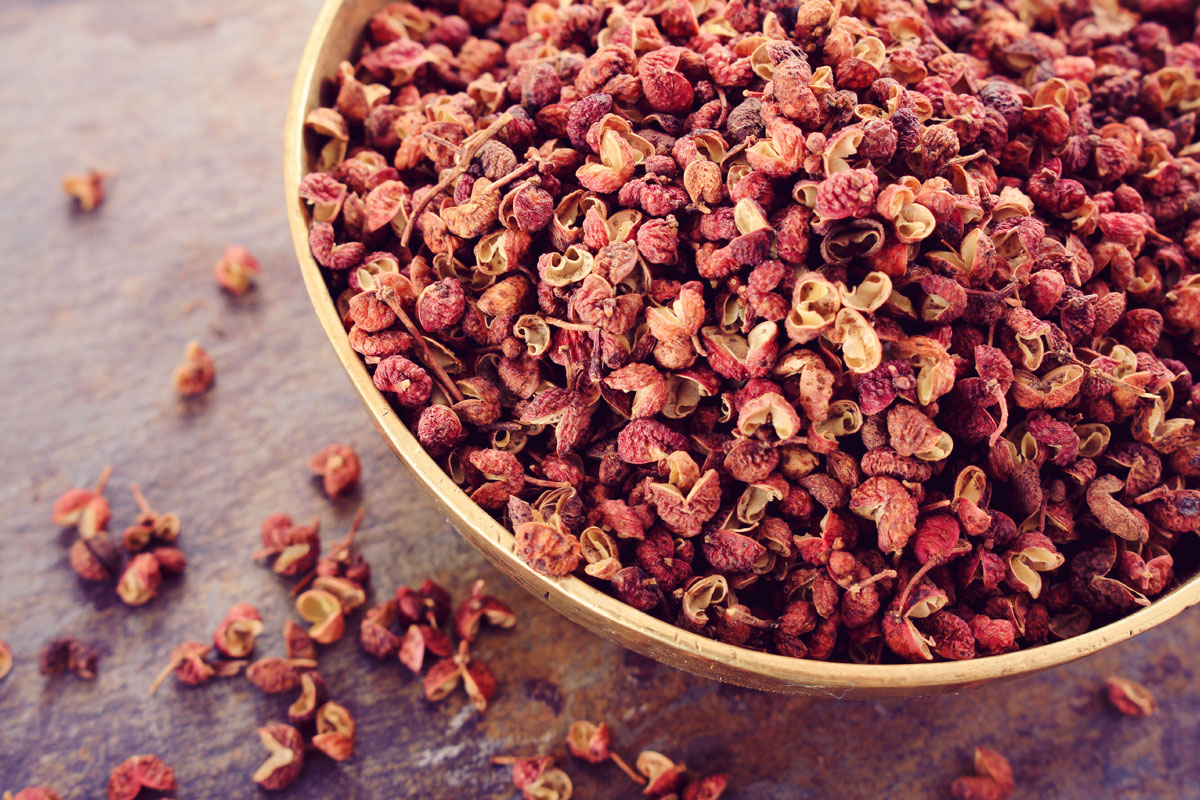
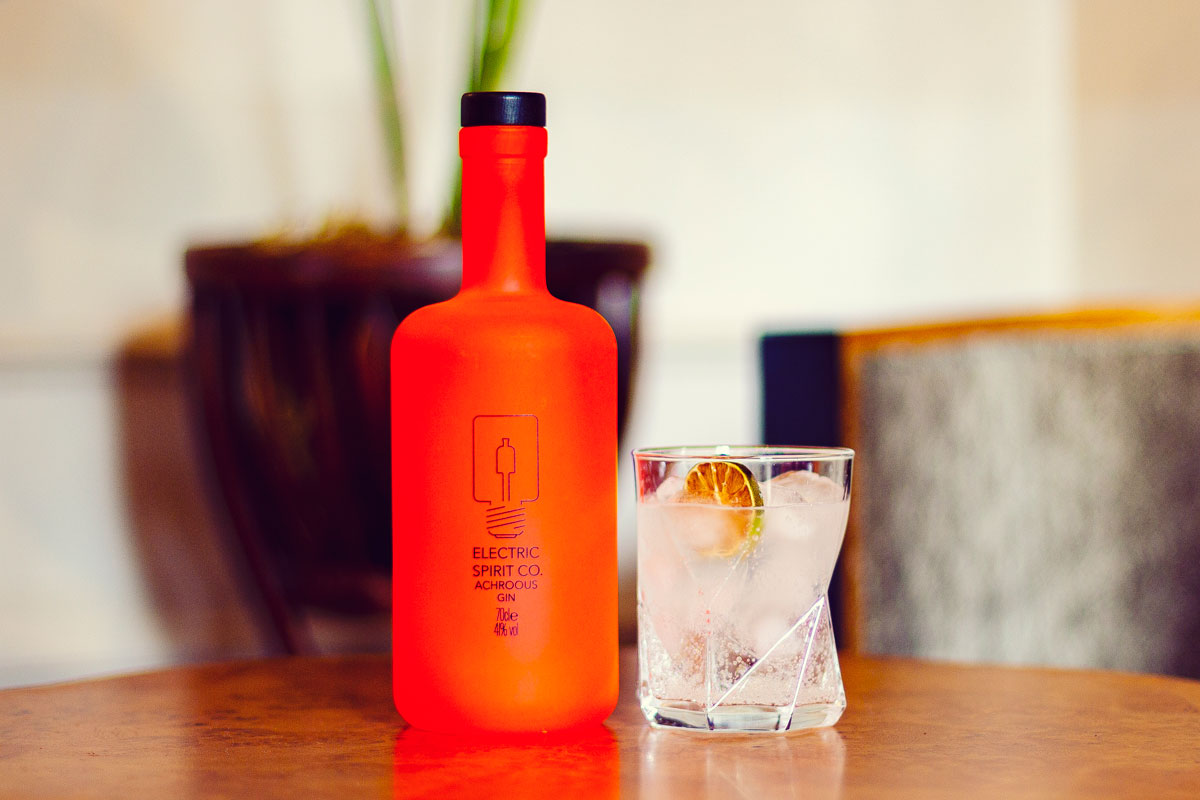
“I had been playing around with recipe development for what would become Achroous, and was meeting a friend for a pint. He’d just been at a Science Festival event about flavour perception, and had returned with a pot of Sichuan peppercorns. I popped one in my mouth, and knew straight away I needed to play around with them in the still.
“The flavour chemistry in them is pretty incredible. Instead of an aggressive, burning, acrid character like a black peppercorn, they are infinitely more mellow and complex. Their character stems from high levels of limonene, which is one of key flavour/aroma compounds in lemon, and linalool, which has a floral note, with delicate spice. In Achroous, they serve as a foil to balance the juniper character, much like lemon or bitter orange peel in a conventional London dry, and sit well alongside the aromatic, anis sweetness of the fennel seed.
“The dried peppercorns also contain a compound called hydroxy-α-sanshool, which as well as being key to the pungent flavour and aroma of the ingredient, causes a tingling, numbing effect on the lips. Although it’s a very interesting sensation, they key in distilling with the spice is to avoid transferring this particular character over into the finished gin – luckily, the heat of distillation seems to remove the numbing effect. I try and encourage people not to put the peppercorns in their drink as garnish – as I found out the first time I put a couple of them on my tongue, the flavour will endure for at least a couple of drinks.”
James Porteous, Electric Spirit Co.
You can learn more about Electric Spirit Co. here.
Douglas Fir, Inshriach Gin
Discovered and named by David Douglas, a Scottish botanist who also identified and named the Noble Fir for its size, the Douglas Fir is in fact not part of the Fir Tree family. Although native to North America, the tree species is now cultivated and grown in plantations around the world. The wood is commonly used for furniture due its strength and durability. Its other most common use is around December time when these trees appear in houses around the world – the Christmas tree.
The evergreen tree can grow extremely tall with some recorded trees as high as 330ft and produce pine cones which, as packed with seeds and similar to other trees, provide a habitat and food source for many animals and birds. The leafs on the tree are needle like in appearance and have a number of uses including the buds from the tree, which are used to flavour eau de vie, a clear, colourless fruit brandy.
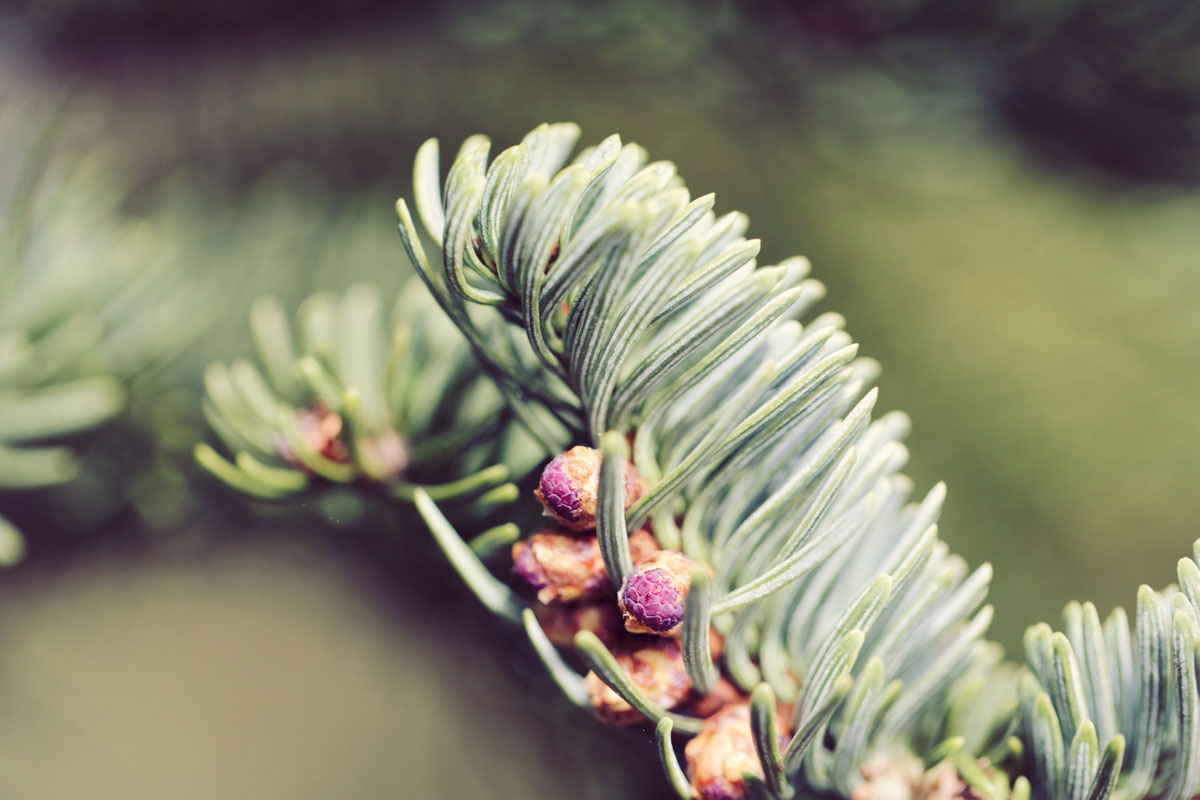
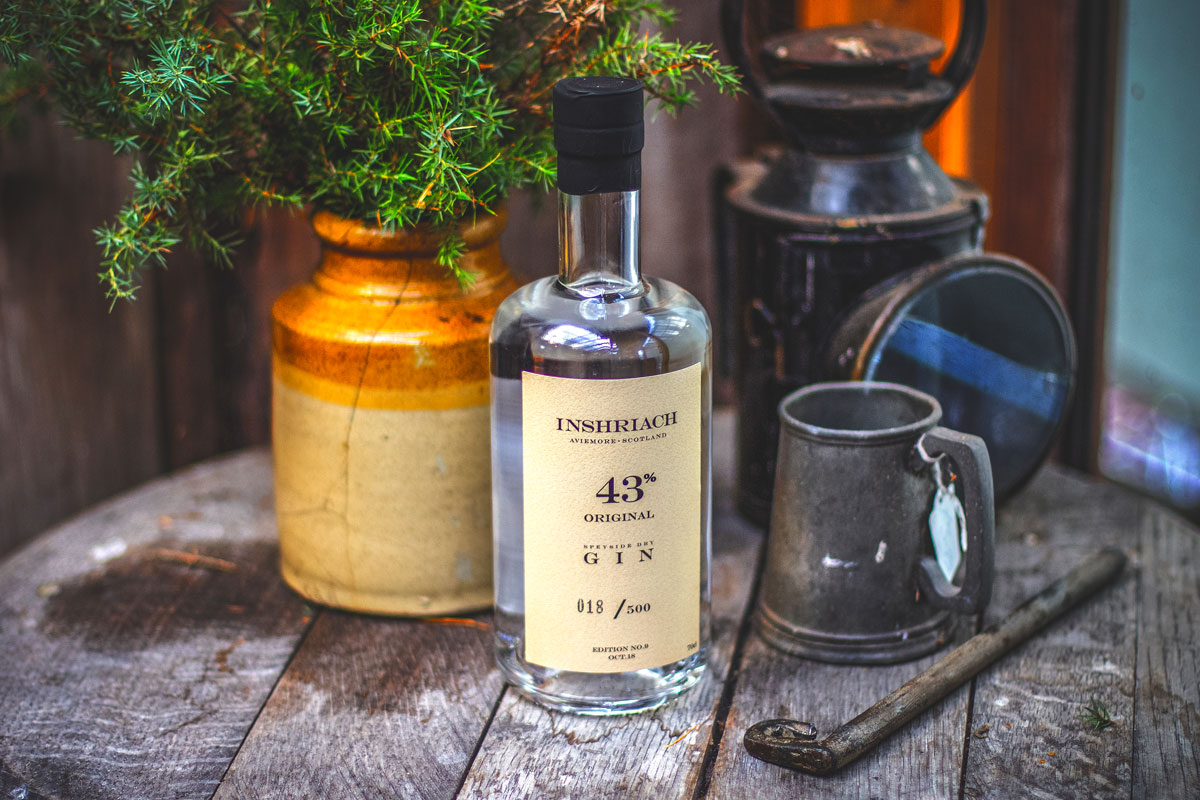
“Douglas fir, despite being named after a Scotsman, is actually native to North America. Around here its a staple in forestry commission plantations. I was looking for a Scottish citrus ingredient and a woodsman I know suggested this – he was making tea from the needles. It turns out Native Americans use its bark and resin and sap as antiseptics and for treating coughs.
“In the spring the new sprigs are fresh and have an intense taste and smell of tangerines, as the year goes by that scent softens and becomes orange in the mature needles. Like all my ingredients, it grows within sight of the distillery so I pick it fresh and try to match the flavour more or less throughout the year.
“I used Douglas first for making Duncan’s Gin and it was so good I changed the recipe for Inshriach to incorporate it.”
Walter Micklethwait, Inshriach Distillery
You can learn more about Inshriach here.
Salmonberries, Caithness Highland Gin
Salmonberries are a close relation to the common bramble found in the rose family. Although similar in appearance to the bramble, Salmonberries are less common in some parts of the UK. Native to North America, the shrubs that produce the berries prefer damp woodlands, streams and moss covered hillsides and produce the berries normally between May to late July.
The berries start off as a bright, striking orange colour before turning a lovely, rich golden yellow before finally turning a bright red colour. Depending on the time of picking and ripeness, the berries can be eaten raw from the plant. The berries are used in jams, sweets, jelly and wine and were harvested by the Native Americans, who used both the berries and young shoots from the plants in various forms to cure ailments. Their most common use in dishes has been to serve them along with salmon as the flavours complement and enhance each other, hence the name Salmonberries.
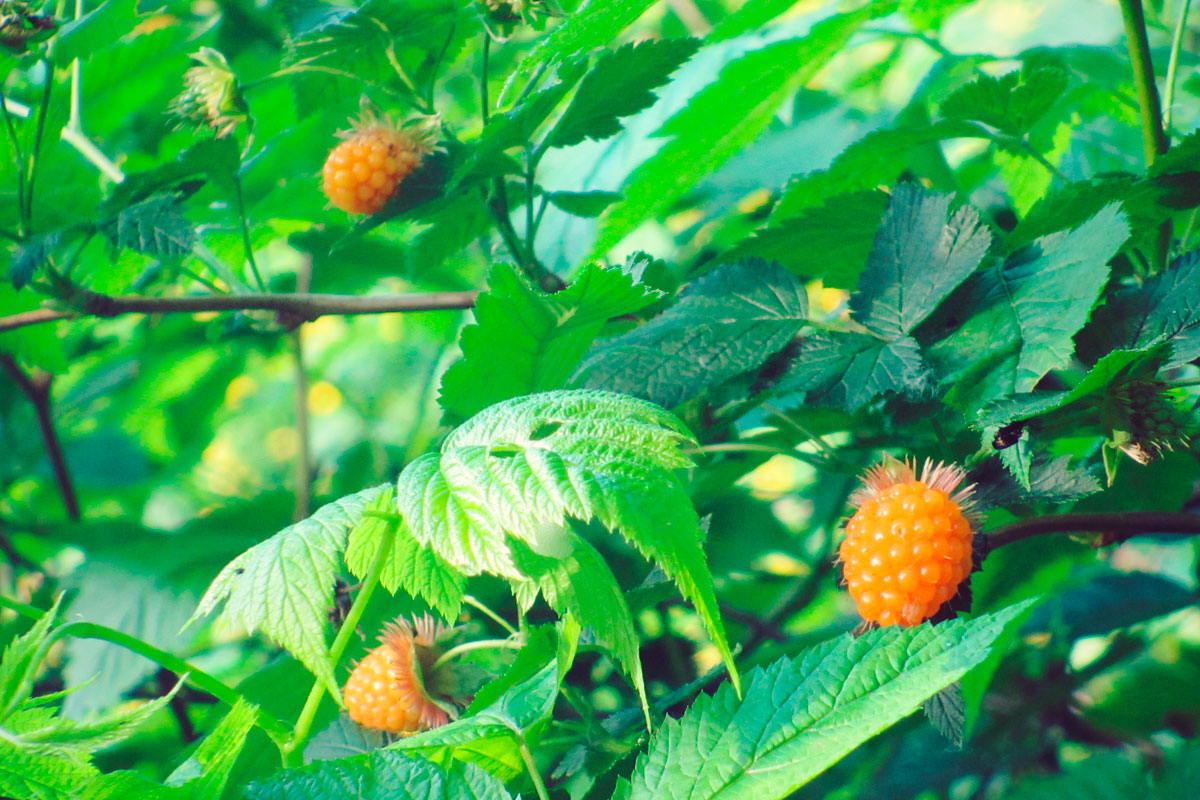
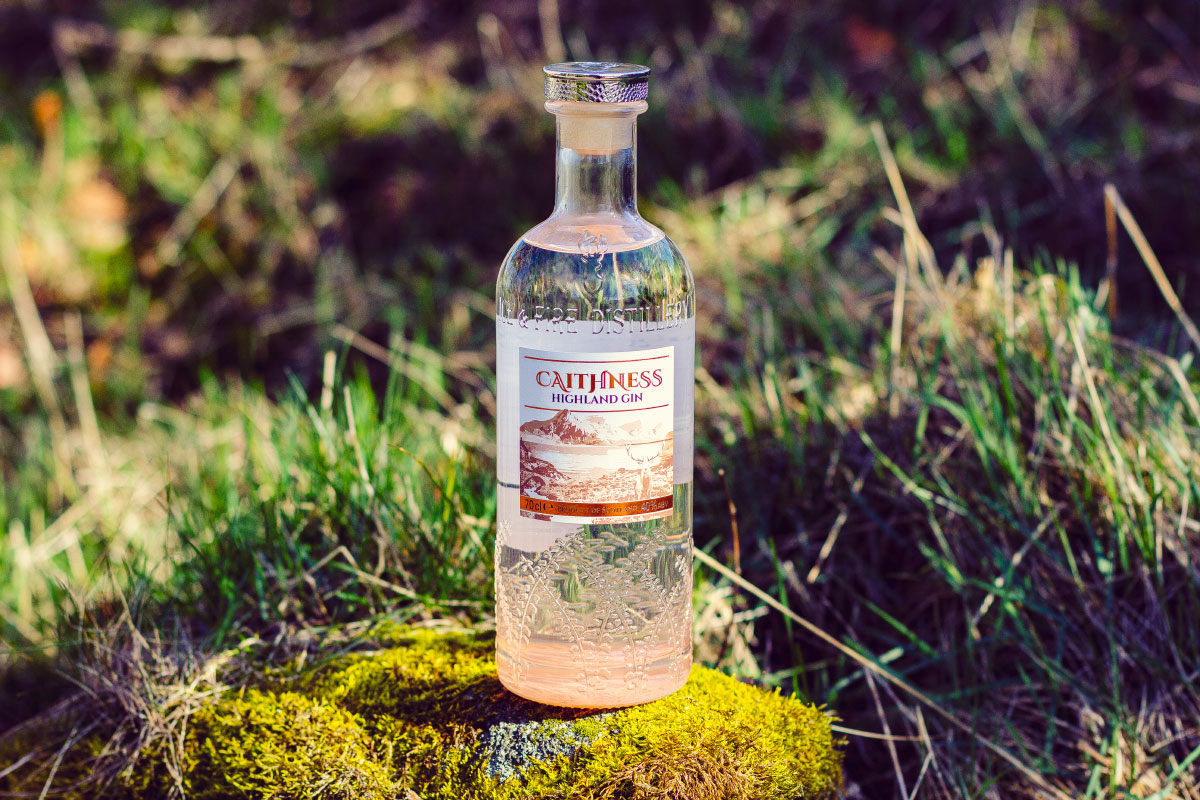
“Rubus spectabilis, the salmonberry, is a species of bramble in the rose family, native to the west coast of North America from west central Alaska to California, inland as far as Idaho. The berries ripen from early May to late July and resemble a large shiny yellow to orange-red blackberry. Salmonberries are found in moist forests and stream margins, especially in the coastal forests. In open areas they often form large thickets, and thrive in the open spaces.
“Salmonberries are edible and share the fruit structure of the raspberry, with the fruit pulling away from its receptacle. The fruit can be eaten raw or processed into jam wine. Native American people and early explorers also ate the young shoots. Traditionally, the berries were eaten with salmon or mixed with oolichan grease or salmon roe, hence the name salmonberries. It has escaped cultivation and become naturalised in parts of northwestern Europe.
“It is reputed to have come to the Manse at Latheron 100 years ago when a minister coming back from Canada took a plant and planted it in the manse garden. It spread like wildfire and is now all over the Latheronwheel Strath. It grows all round our distiller Iain’s house in Smerral and is our unique botanical in Caithness Highland Gin. At every show we attend, no-one has ever heard of salmonberries so we genuinely think that we are the only people in the UK using it in gin. It is sometimes referred to as a Joffelberry and is used to flavour vodka in Canada.”
Jacquie Black, Ice & Fire Distillery
You can learn more about Ice & Fire Distillery here.
Sea Buckthorn, Red Door Gin
Sea Buckthorn is a deciduous shrub commonly found in parts of Europe, Russia and China. Extremely hardy and able to withstand temperatures as low as minus forty three degrees. Sometimes known as Sandthorn, Sallowthorn or Seaberry, the shrub produces small orange-yellow berries that have been used for centuries as food, traditional medicines and skin care. The branches of the shrub were used to help horses add weight and improve the appearance of their coats.
Other uses for the berries include wines, jams, teas, liquors and Seabuckthorn juice, rich in Vitamin C and common in Germany and Scandinavian countries. The rich oils excreted by the berries when pressed along with the berries themselves have been used for centuries in various guises to treat ailments and health conditions.
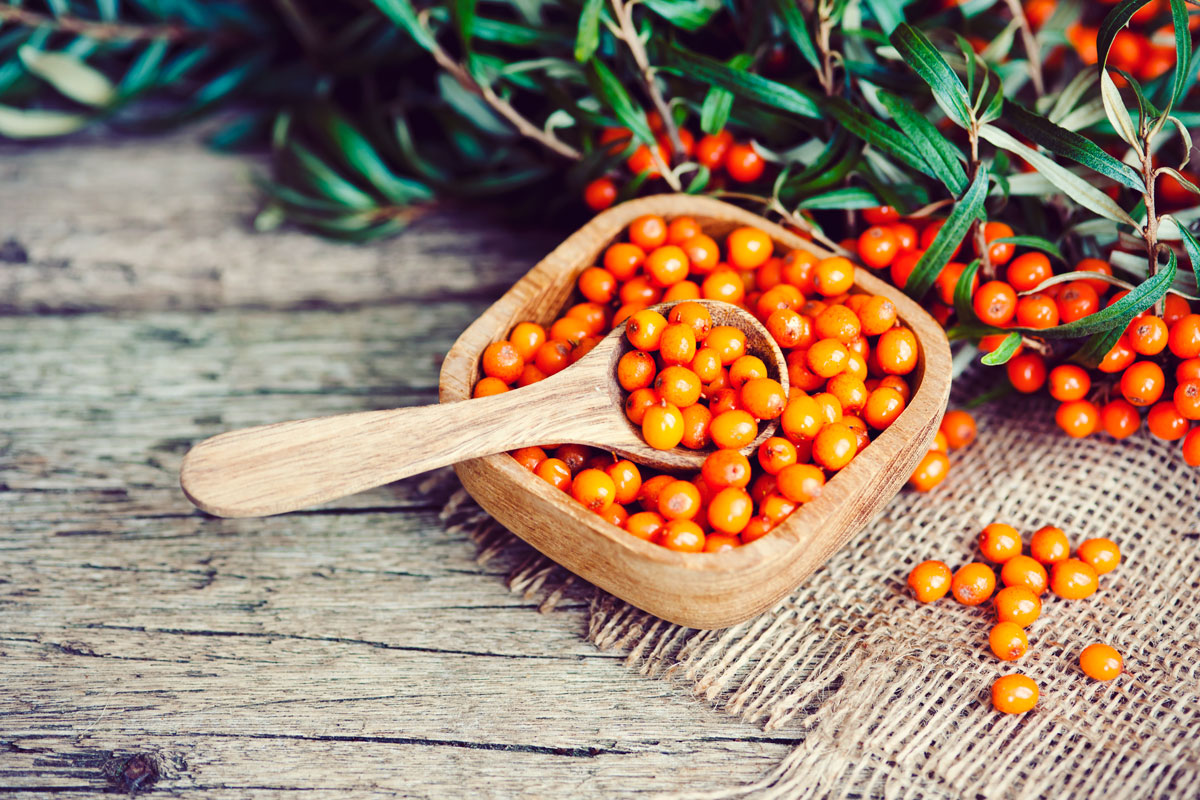

“Sea buckthorn (Hipphophae rhamnoides) is a spiny hedgerow shrub which positively thrives in the exposed Scottish coast line earning it another name “Sea berry”, however, it can be found in Europe, Asia and the Americas. The shrubs are unusual in that they can be either male or female, with the female trees providing the small bright orange berries. These berries are rich with oils containing sources of omega, vitamins and antioxidants, the botanical name comes from Greek meaning Shiny Horse. It is said soldiers would let the horses graze on the sea buckthorn for the health benefits. It is gaining a reputation as a super berry!
“The pungent dried berries lend a depth of flavour and body to the character of Red Door Gin. It balances well with our vibrant citrus and punchy juniper and is quite a distinctive flavour. We couldn’t imagine Red Door without it!”
Andrew Hannah, Red Door Gin
You can learn more about Red Door Gin here.
Scots Lovage, Arcturus Gin
A herbaceous, perennial plant, Scots Lovage, part of the Lovage species of plants, which are cultivated across parts of Europe, Asia and the Mediterranean as a source of food and medicinal use, is more commonly found in Northern Europe and Northern America. A hardy plant that is in fact an Arctic plant, Scots Lovage is now grown and cultivated in a number of regions, but still preferring coastal regions and was once used to combat scurvy, a medical condition that was rife in the Navy due to a lack of vitamins and fresh sources of food available on the fleets that could be at sea for months on end.
The leaves are used as a herb in many recipes, whilst the roots are prepared as a vegetable and the seeds produced by the plants are used as a spice. The plant is described as having the intense smell of a mixture of celery and parsley, producing clumps of greenish, yellow, white flowers, which normally bloom between June and September.
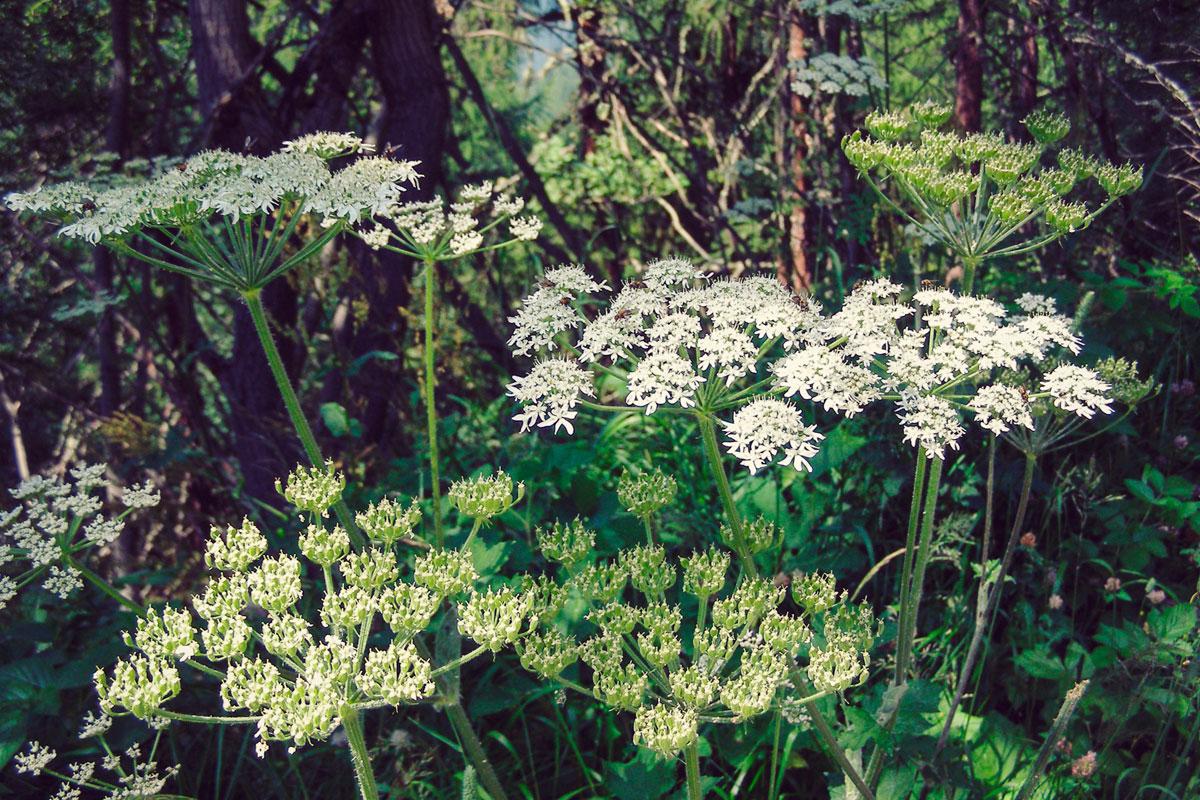
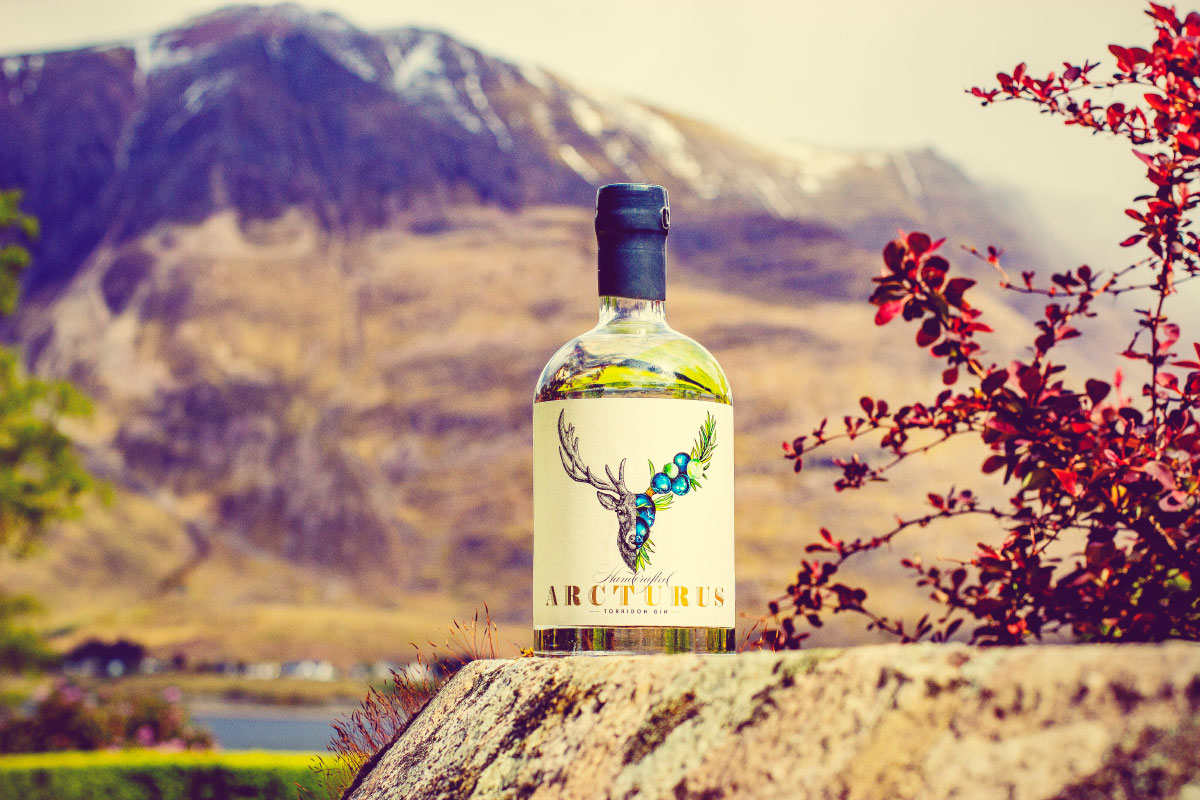
“Foraged from the land surrounding our estate, Scots Lovage is one of the key ingredients in our hand-crafted Arcturus gin. As it only grows in very specific conditions in the Northern Hemisphere, we feel very lucky to grow and nurture the herb in our coastal Highlands location.
“We are dedicated to producing high quality Scottish gins with an emphasis on the land, sea and mountains within our hotel’s two-acre kitchen garden and the surrounding landscape. The lovingly named Scots Lovage adds an aromatic note to our original Arcturus gin, complimenting the mountainous berries and water-based seaweed and creating an aromatic, crisp, clean gin with a dry finish.”
Dan Bristow-Rose, Arcturus Torridon Gin
You can learn more about Arcturus Torridon Gin here.
Read Beautiful Botanicals Part 1 here.
Read Beautiful Botanicals Part 2 here.
Read Beautiful Botanicals Part 3 here.
Read Beautiful Botanicals Part 4 here.
Read Beautiful Botanicals Part 5 here.
Read Beautiful Botanicals Part 6 here.
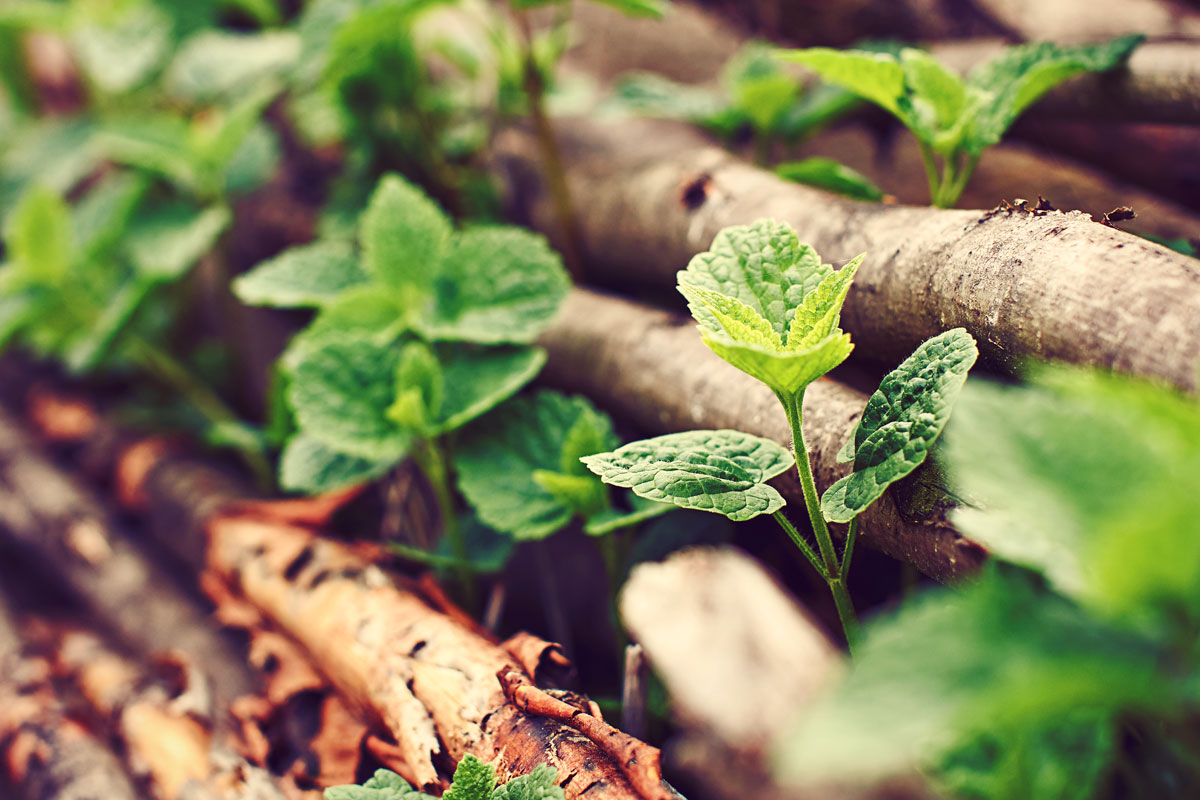
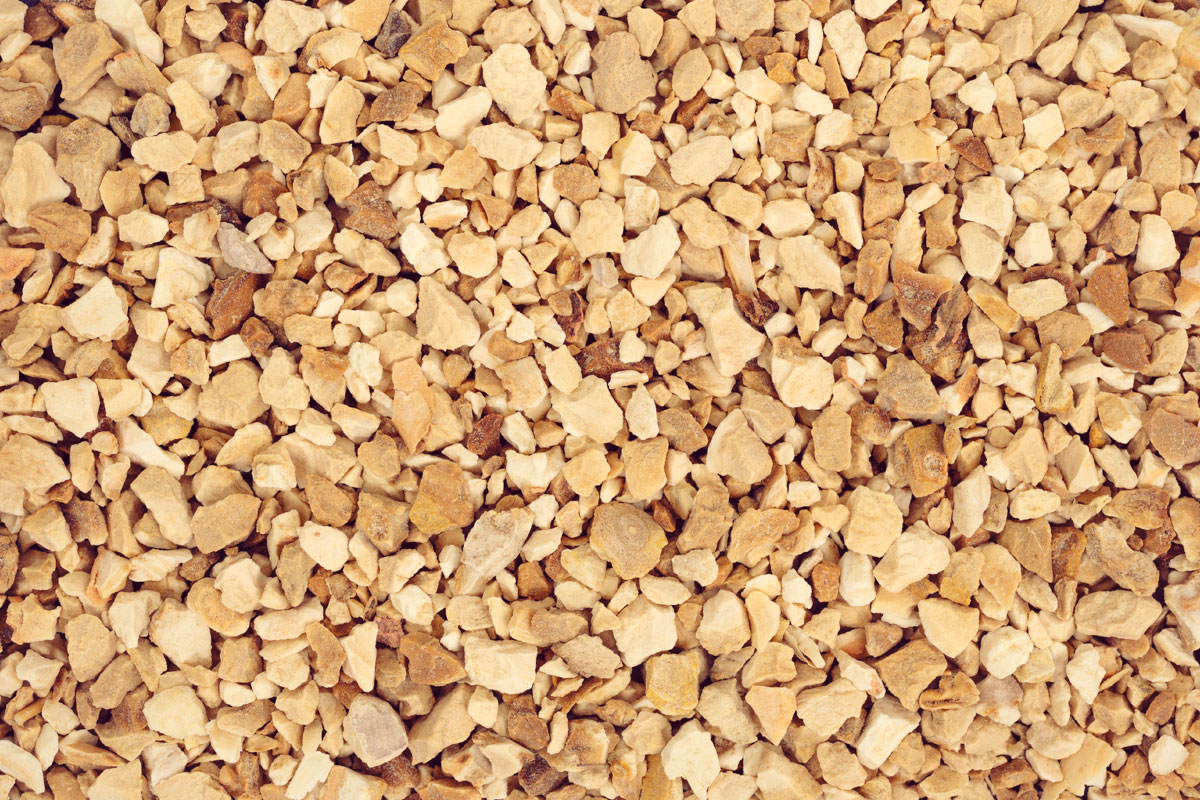
You can learn more about the many great Scottish Gins by visiting the links below.